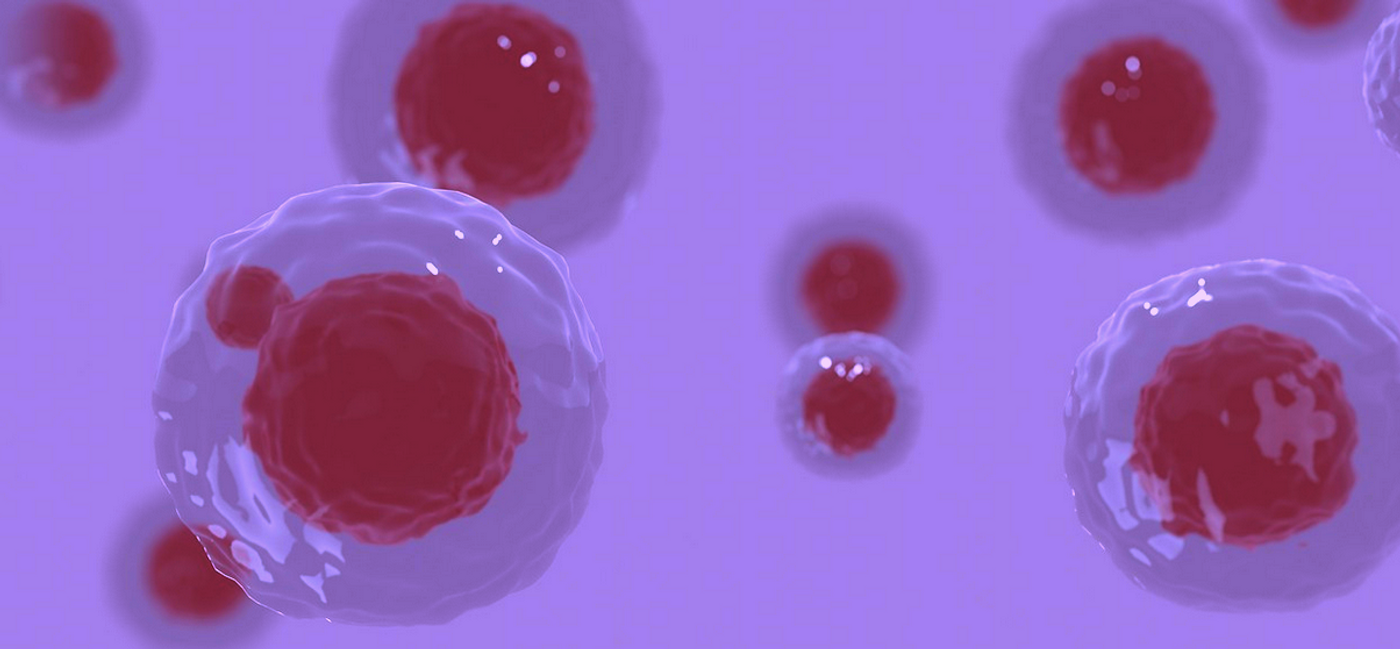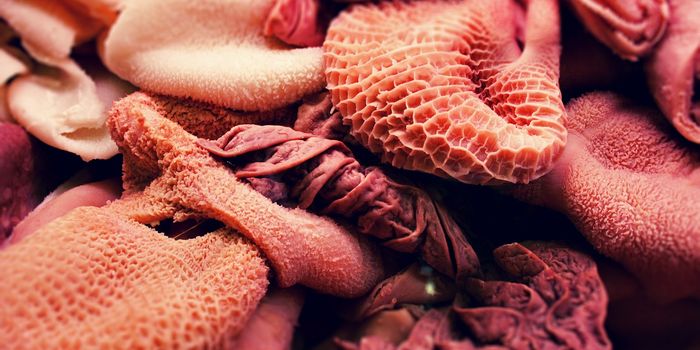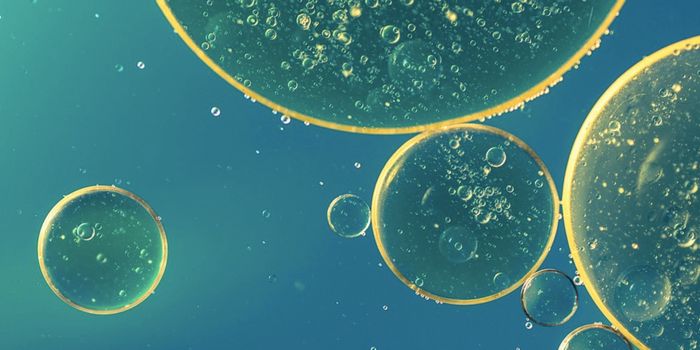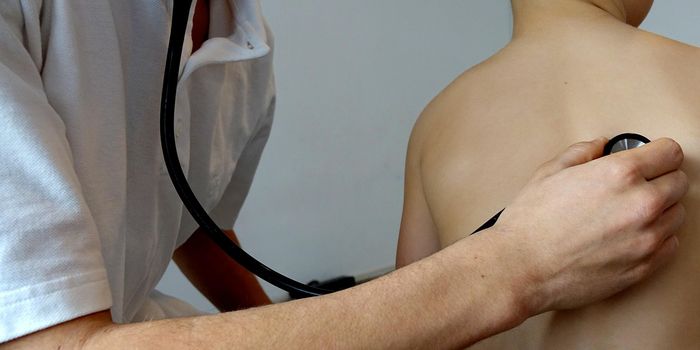The Molecular 'Anchors' That Hold Cells in Place
Cells in the body are held in place with a kind of molecular anchor, called focal adhesions, where cells are linked to collagen, or the extracellular matrix. Collagen is a protein that helps form the structure of the body, and is the primary protein in connective tissue and the extracellualr matrix. Researchers also know that these anchor points are weakened in cancer. Researchers have now learned more about focal adhesions; the work has been reported in Nature Materials.
"We've identified the protein that's essential for these attachments to function," said lead study author Maria Lastra Cagigas, a graduate candidate at UNSW Medicine & Health. "If these attachments fail, the cell could be more prone to moving and invading tissues, like cancer."
In order to study these adhesion points, the researchers had to use cryo-electron microscopy because the chains are only a few nanometers thick. When they compared healthy cells to cancerous cells, tropomyosin was revealed to be a critical protein that holds the anchor in place. When cancer cells were given tropomyosin, their anchors began to function again.
Cancer cells can find a home in the collagen matrix of the body, noted Cagigas. Pancreatic cancer is even able to change the matrix to benefit itself, by adapting it as a barrier that protects cancer cells and defends them against chemotherapy and the immune system.
Pancreatic cancer tumors use the cells that are around it and anchored to the matrix, called pancreatic cancer-associated fibroblasts (or PCAFs) to construct that barrier. Now that researchers have identified a crucial protein in that anchor, it may be possible to find ways to get through it.
"We've identified that the type of protein involved in the chain, tropomyosin, is druggable," said senior study author Professor Edna Hardeman of UNSW. "This means it's possible to develop small molecule inhibitors, or drugs, that can actually attack these proteins."
While such drugs have not yet been developed, they would likely be given to patients with cancer treatments, suggested Hardemann. That way, the drugs would act to disrupt the defensive barrier and attack the cancer at the same time.
The researchers are hopeful that this new data can be used to reduce the likelihood of metastatic cancer, which is when cancer becomes deadliest. While a treatment hasn't been created using this approach yet, researchers may find ways to determine if cancer is likely to become metastatic based on this data, said Cagigas.
Sources: University of New South Wales (UNSW), Nature Materials









